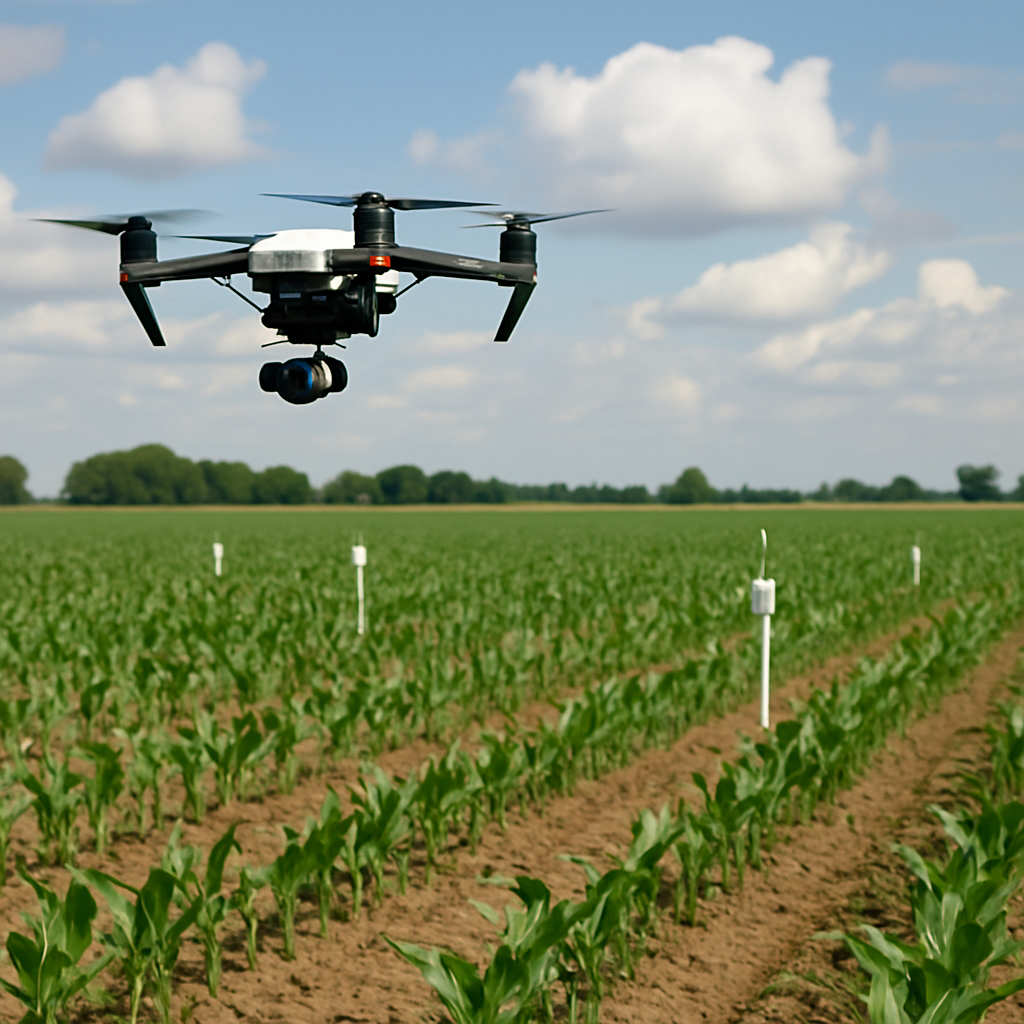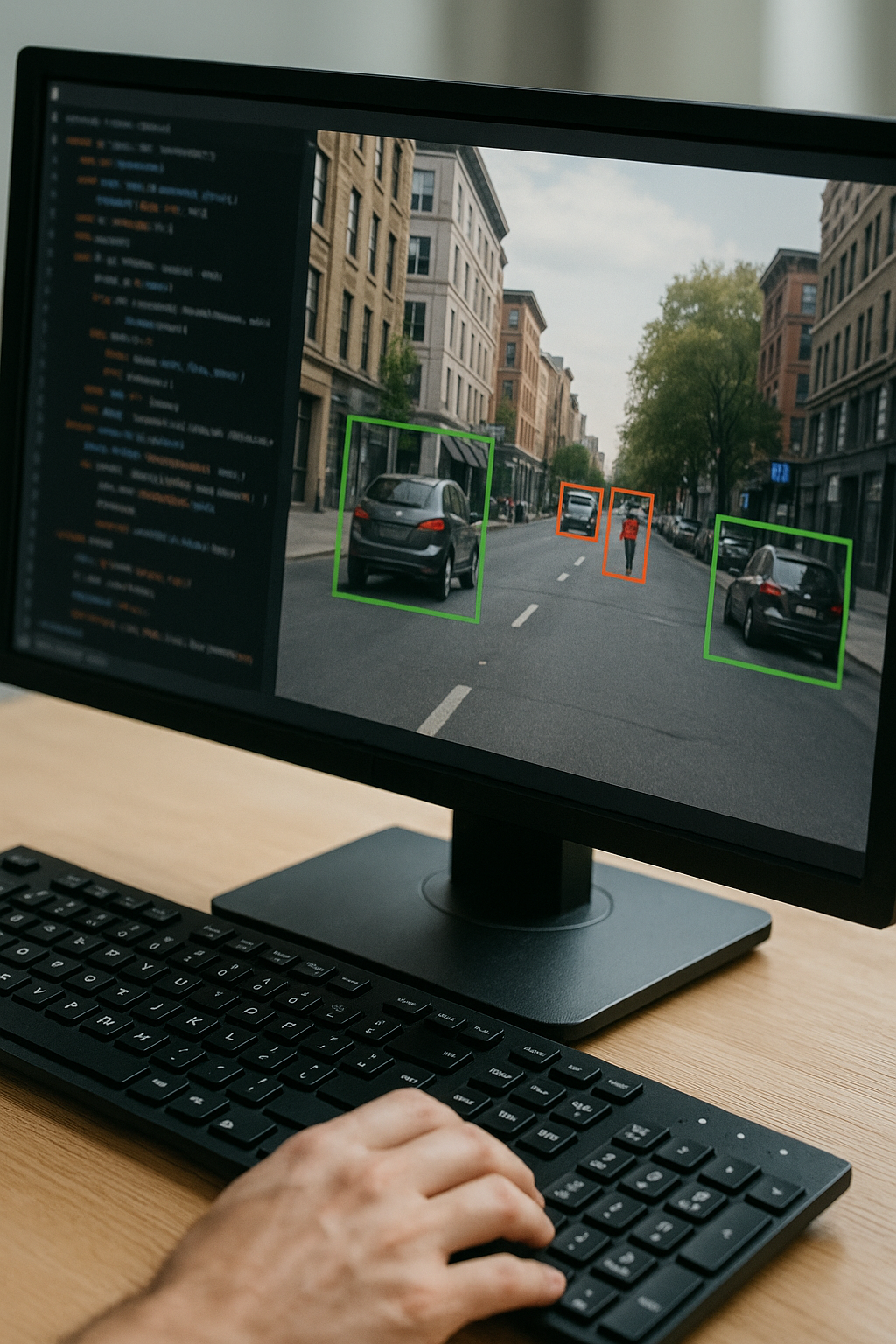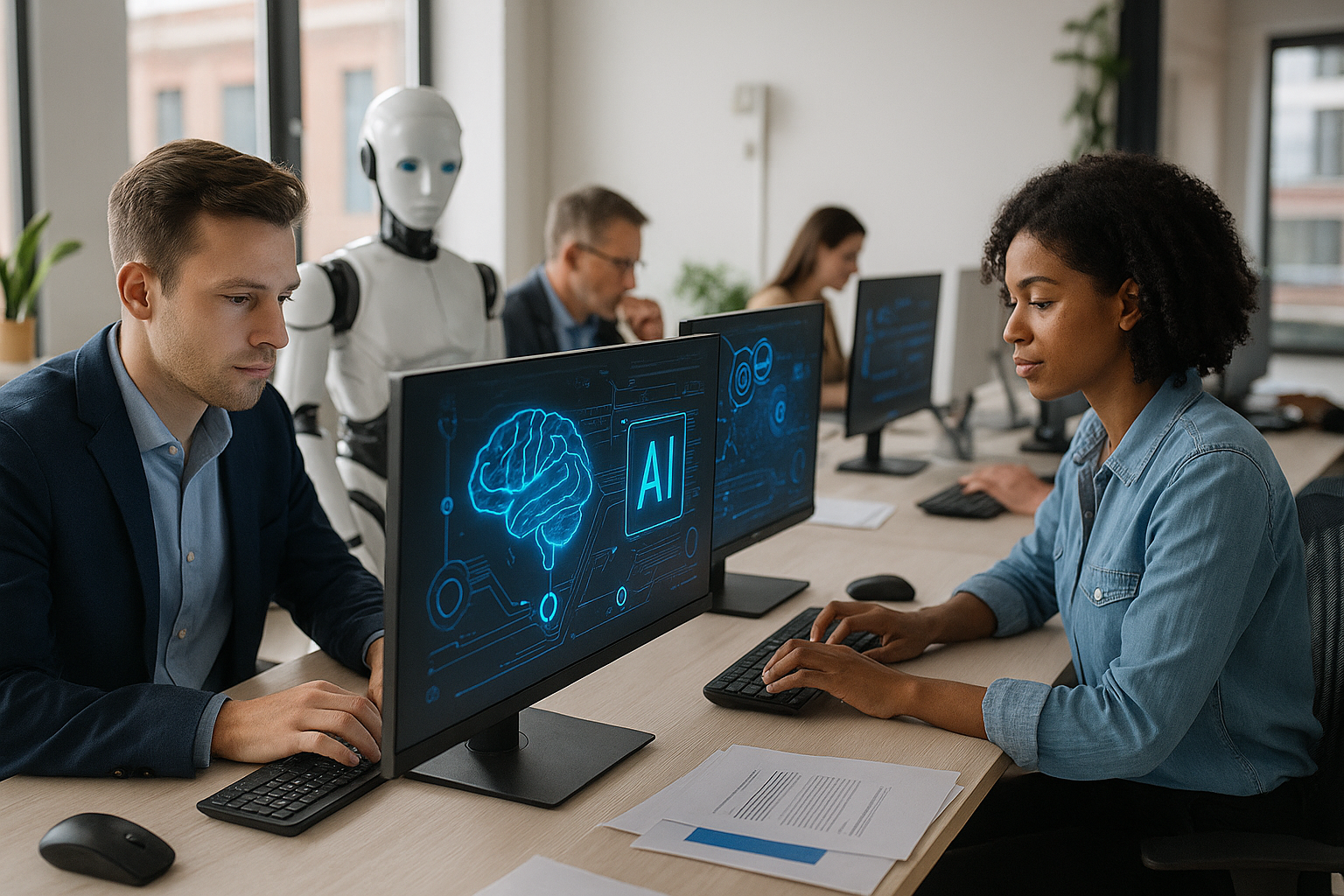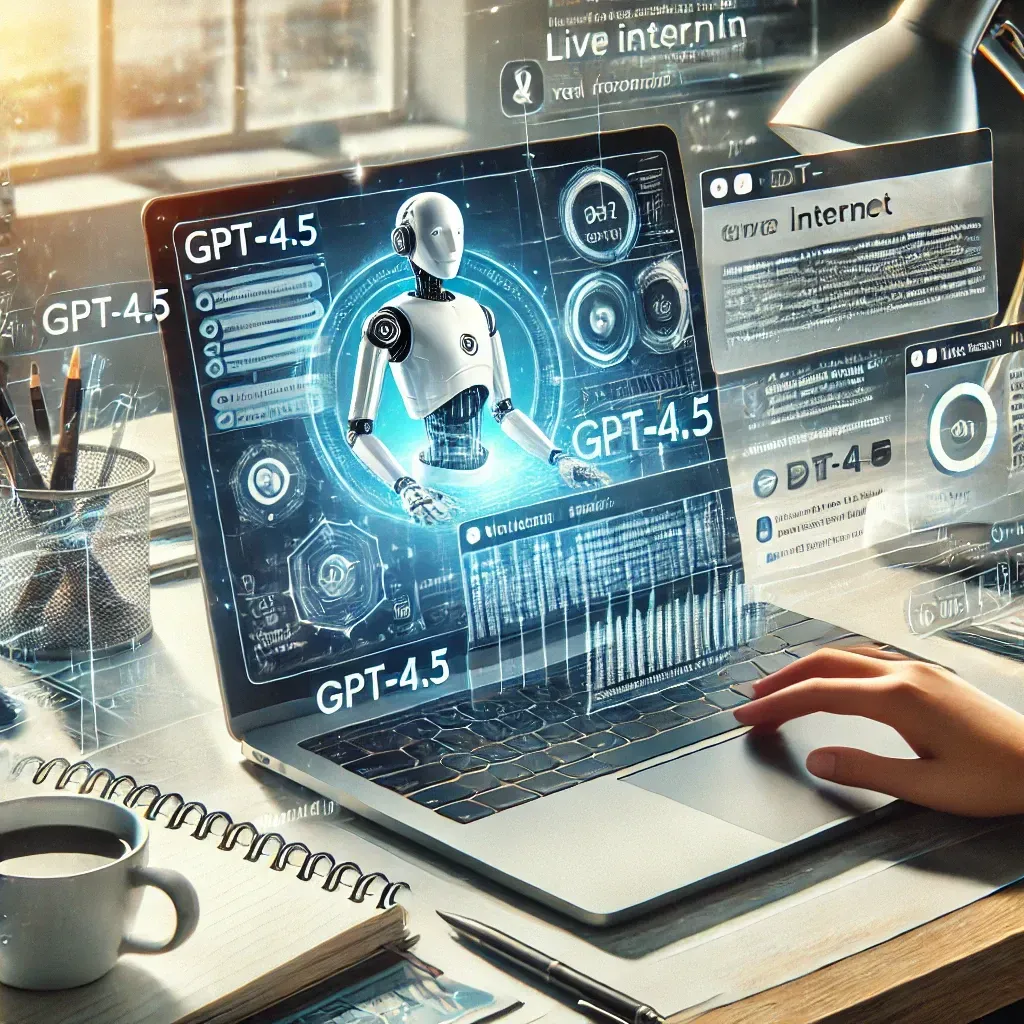AI in Agriculture: Smart Farming for a Sustainable Future
This is a subtitle for your new post
As the world’s population approaches 10 billion by 2050, farmers face the dual pressure of producing more food on less land while contending with climate change. Artificial intelligence (AI) is emerging as a game-changer, providing tools that harvest data from fields, skies, and markets to optimize every step of the agricultural lifecycle. In this deep dive, we’ll examine how AI reshapes modern farming in five key areas: precision crop management, smart irrigation, predictive analytics, autonomous machinery, and integrated pest and disease control.
1. Precision Crop Management: Seeing the Unseen
AI-powered imaging platforms harness drones, satellites, and ground sensors to capture daily snapshots of crop health. Convolutional neural networks (CNNs) analyze multispectral images—beyond visible light—to detect subtle shifts in leaf reflectance associated with nutrient deficiencies or early stages of fungal infection. Farmers receive geo-tagged “prescriptions” down to the square meter, specifying exactly where to apply fertilizer, micronutrients, or fungicide. This micro-targeting not only cuts input costs by up to 30 percent but also dramatically reduces runoff into waterways.
2. Intelligent Irrigation: Water Where It’s Needed
Agriculture consumes roughly 70 percent of global freshwater. AI tackles this challenge by fusing soil-moisture probes, weather forecasts, and evapotranspiration models into a unified decision engine. Machine learning engines learn each field’s unique drainage and retention characteristics; when sensors report dryness in the root zone, the system automatically engages drip valves or micro-sprinklers just long enough to recharge soil moisture without leaching nutrients. Some farms pair these controls with satellite-based rainfall monitoring for fail-safe redundancy—triggering alerts whenever projected precipitation deviates from on-the-ground readings.

3. Predictive Analytics and Yield Forecasting
Harvest planning demands accurate predictions of tonnage and quality weeks in advance. Traditional forecasting relies on historical yields and broad climatic trends; AI adds a layer of nuance. By training ensemble models on decades of yield records, soil maps, real-time sensor feeds, and market prices, growers obtain probabilistic yield curves—for instance, a 90 percent chance of 7–8 tons per hectare under current conditions. These insights inform storage logistics, commodity hedging, and contract negotiations, reducing spoilage and price risk.
4. Autonomous Machinery and Robotics
From laser-guided tractors to swarm robotics, AI-driven machines automate repetitive tasks with surgical precision. Autonomous combines use lidar and computer vision to distinguish grain from chaff, dynamically adjusting cutter height to compensate for uneven terrain. Meanwhile, fleets of lightweight weeding robots patrol rows, using fine‐tuned manipulators to uproot weeds without harming crops, dramatically reducing herbicide use. These systems free labor for higher-value activities, address labor shortages during peak season, and operate 24/7 under variable weather.
5. Integrated Pest and Disease Control
AI doesn’t merely react to outbreaks; it anticipates them. By correlating long-term weather forecasts, crop rotation schedules, and regional pest migration data, machine learning models deliver early warnings of looming threats—such as aphid swarms or wheat rust—and recommend crop varieties with built-in genetic resistance. On-the-ground traps equipped with image sensors count incoming insects, training computer vision to recognize both pest species and natural predators. Growers can then deploy biological controls (like releasing ladybugs) precisely where needed, preserving beneficial insects and cutting chemical use.
Sustainability and Socio-Economic Impact
The cumulative impact of AI in agriculture extends beyond yield gains. By optimizing inputs, farmers shrink their carbon footprints and conserve biodiversity. Reduced fertilizer runoff improves water quality, while lower chemical usage safeguards pollinators. Economically, data-driven practices strengthen smallholders’ resilience, enabling predictive finance—where microloans are calibrated to forecast yields and risk profiles rather than static credit scores.
Challenges and the Road Ahead
Widespread AI adoption faces hurdles: upfront investment in sensors and connectivity, data literacy gaps among growers, and interoperability issues between different platforms. Initiatives that bundle hardware with training, cloud credits, and community support can accelerate adoption. Looking forward, the integration of edge AI—processing data locally on solar-powered field stations—will reduce reliance on high-speed internet. Advances in genomic AI promise accelerated breeding cycles for climate-adapted crops, while blockchain integration could ensure transparent, farm-to-table supply chains.
Eager to stay at the forefront of agri-tech innovation? Subscribe to our newsletter for the latest breakthroughs in AI, case studies from pioneering farms, and hands-on guides—delivered straight to your inbox.
Sign Up For Our Weekly Newsletter and Get Your FREE Ebook " AI For Everyone - Learn the Basics and Embrace the Future"











